|
As if having actual pets, plants, and children wasn't hard enough, now you can have you digital cake and eat it too. Although digital pets were mostly popular in the late 90's, Furbys and Tomagotchis are making a come back.
The Furby is a fuzzy little Gremlin robot, who requires love and attention, along with several AA batteries to survive. This little owl-gerbil creature was invented in 1998, where over 40 million have been sold across the globe. Furby speaks Furbish which has been translated into 24 languages and allows them to interact via touch and vocal recognition. Furby also interacts with other creatures of it's kind, and even has it's own little babies called Furblings. McDonald's released a Furby Happy Meal toy in 1999, where today the set of 80 is going for $899 on Ebay. If you want the real thing, Furbys have been re-released with the larger one going for $35 and the Furbling starting at $15. Now if you think this is rather expensive, you'll be be please to know they now come with an app. A few years prior to the Furby, the Japanese company Bandai cornered the market with Tamagotchis. These are tiny round key-chain devices house a video-game manipulated by 3 buttons. The premise is aliens came to earth and the Tamagotchi is its egg which you again have to monitor. Originally the software was very primitive, requiring attention every few hours and thus created a serious distraction for employers and teachers, in the end you could leave your toy alone and still prevail. Bandai Nameco 2013 annual revenue was ¥487B, meaning these little things along with Dragon Ball Z, Strawberry Shortcake, Power Rangers, Thundercats, and Pack-Man are a gold mine. Recently a vintage 1998 Tomagatchi was priced at $435 and a Tomagotchi phone is going for $5000 on Ebay, which seems insane since easily buy a used car for that amount. Obviously digital pets are popular, but why? Is it because they entertain children or possibly prepare them for their future parenting roles. Somehow this makes sense, but then why would adults want digital pets? Could it be a compensation for missing relationships? Well after speaking with a friend who is a sex therapist, he convinced me that all things possess some innate sexuality. Sigmond Freud argues this in The Sexual Abberation where the sexual object is therein defined as a desired object, and the sexual aim as what acts are desired with said object. So the Tomagotchi relays some sort of pornographic Japanese anime, along with classical and historical subservience of a Gesha. While on an opposite spectrum, the Furby could be said to ignite a form of Bestiality and a Paraphilic Infantilism. I'm not saying every digital pet owner is a pedophile, but it does force me to question why any adult needs a $5000 Tomagachi telephone or a $18,000 collection of Furbys? Also what do you get if a Tomagachi and Furby re?
0 Comments
Leave a Reply. |
LAJ
100 Objects of Popular and Material Culture is an blog exploring the manifestations of human consumption and commodity-ization. The purpose of this experiment is to explore material and popular culture in contemporary society by using objects and concepts to prompt wider questions and reflections. So by emulating The British Museum's and Neil MacGregor's format of A History of the World in 100 Objects I plan to satirically analyze and reinterpreted 100 material culture objects over the course of 2014. Material Culture is the study of our culture's consumption of stuff; namely the manifestation of culture through material productions where people's perceptions of objects is socially and culturally dependent. With this, objects reflect conscious and unconscious beliefs on the the individuals who fabricated, purchased, or used them, and by extension the society where they live. So examining materiality, cultural truths and societal assumptions may be discovered. As anthropologist Arjun Appaduai states "in any society the individual is often caught between the cultural structure of commodity-ization and his own personal attempts to bring a value and order to the universe of things." Objects and commodities make up a much larger symbolic system consisting of want and need, socio-economic status, fashion, etc. Often times form follows function whether the commodity, market, and or consumer forever evolve around one-another. Philosopher Pierre Bourdieu's theories of capital flow full circle; where regardless if you are a minimalist or a hoarder the world is made up of things and everyone will leave their footprint on the earth. So by humorously analyzing marketed objects and concepts, hopefully this blog will provide further incite into ideas of over-consumption, a disposable society, consumerism vs. anti-consumers, planned obsolescence vs. sustainability, as well as the greater good of mankind and future generations. Archives
March 2015
Categories |
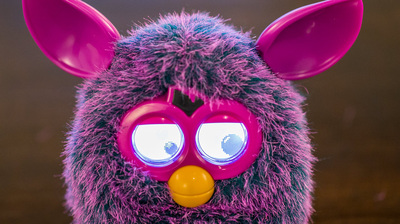
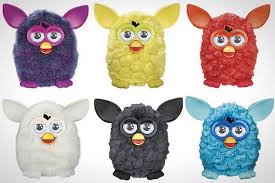
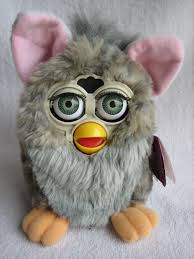
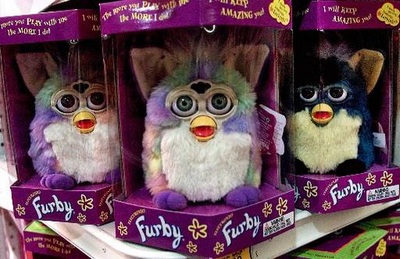
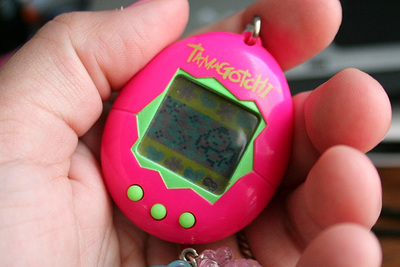
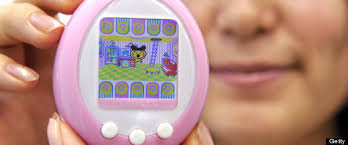
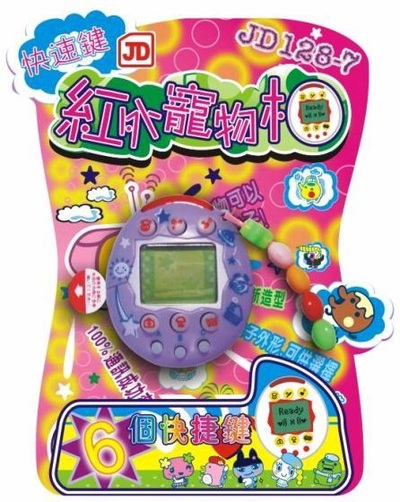

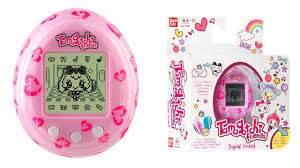
 RSS Feed
RSS Feed